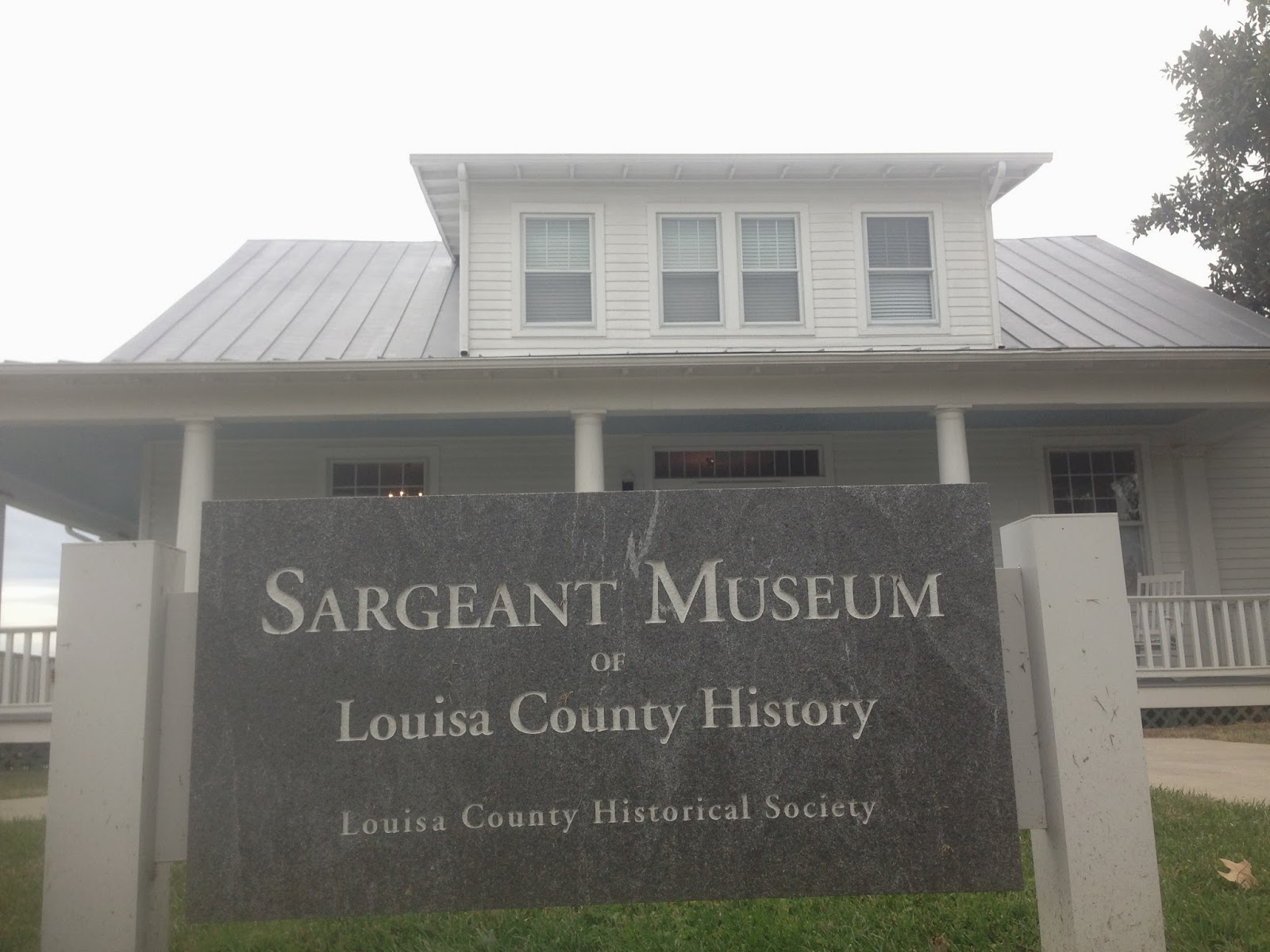Archives I
National Archives Building (Archives I)
700 Pennsylvania Ave., NW
Washington, DC 20408
Mailing Address: National Archives and Records Administration,
700 Pennsylvania Ave., NW, Washington, DC 20408-6001
 |
National Archives and Records Administration
700 Pennsylvania Ave., NW
Washington, DC |
Phone: 866-272-6272
E-mail:
archives1reference@nara.gov.
E-mail is better than a telephone call because it allows our staff to more fully understand your question and formulate a useful answer.
Website:
http://www.archives.govWeb page for Archives I:
http://www.archives.gov/dc-metro/washingtonGenealogy home page:
http://www.archives.gov/research/genealogy/index.htmlResearcher newsletter:
http://www.archives.gov/dc-metro/newsletterOpen Monday-Saturday, 9:00 a.m.‒ 5:00 p.m. Microfilmed and original records may be viewed during these hours. No original records are retrieved from the stacks on Saturdays, but may be viewed in the research room on Saturday if they were retrieved (“pulled”) from the stacks during Monday through Friday. Pull times are Monday through Friday, 10:00 a.m., 11:00 a.m., 1:30 p.m., 2:30 p.m., and 3:30 p.m.
National Archives and Records Administration
700 Pennsylvania Avenue, NW
Washington, DC 20408-0001
is located between Seventh and Ninth Streets, NW. The research entrance is on Pennsylvania Avenue.
For details, see the Building Entrance Map at
http://www.archives.gov/nae/visit/archives-map.pdf.
Be Prepared
Free admission but photo identification is required. Upon arrival, first-time researchers apply for a researcher identification card, good for one year at both Archives I and Archives II.
A free shuttle bus runs between Archives I and Archives II, Monday through Friday, hourly from 8 a.m. to 5 p.m.
Most copying is self-service. Each person’s researcher identification card also serves as a copy card. After obtaining the researcher identification card, it must be registered at copycard.archives.gov. Money then can be added to the card online or at a kiosk in the research room.
Paper to paper photocopies cost 25 cents; paper to USB cost 25 cents. Microfilm to paper copies cost 65 cents; microfilm to USB or CD is free. We supply CDs. Paper copies made on book scanner are 85 cents; no USB capability. Your own camera may be used without flash (free).
Repository
Laid end to end, the paper documents in the National Archives' holdings would circle the earth over 57 times! Most of them have not been digitized, so they’re not online.
The National Archives is the repository of the permanently valuable records of the United States Government. They are arranged by record group (federal agency) then in the manner the agency kept its records. There are billions of pages of records that are not on microfilm and not online, so make the most of your visit by getting access to records that aren’t online. Here are some suggestions.
Collections
 |
Microfilm Readers
Archives I |
War of 1812 compiled military service records (CMSRs) (Record Group 94) and pension files (Record Group 15) that aren’t digitized (some are online).
Civil War Union compiled military service records (CSMRs) (Record Group 94) and pension records (Record Group 15) that aren’t digitized (some are online). Pension files usually contain a great deal of information about the veteran’s war experience, life after the war, and family, particularly if his widow survived him. Every file is unique. CMSRs contain information from muster rolls and other records created during the war. For more information, visit “Civil War Pension Records,”
http://www.archives.gov/dc-metro/know-your-records/genealogy-fair/2013/handouts/S9_CivilWarPensions.pdf or
view the lecture at
http://www.archives.gov/dc-metro/know-your-records/genealogy-fair.
Civil War courts-martial records. For more information, read Trevor K. Plante, “The Shady Side of the Family Tree: Civil War Union Court-Martial Case Files” at
http://www.archives.gov/publications/prologue/1998/winter/union-court-martials.html.
Bounty Land Warrant application files (Record Group 15) and related surrendered warrants (Record Group 49) (none of which are online), for rewarding military service before 1855. The application files are like miniature pension files. A good place to determine whether a warrant was issued is the Bureau of Land Management’s General Land Office Records database at
http://www.glorecords.blm.gov/search/default.aspx. Researchers who find entries showing that land was issued for military service can then locate a bounty land warrant application file and surrendered warrant file at the National Archives.
Homestead and Cash Entry Land Files (Record Group 49). These records document whether an ancestor obtained land directly from the federal government. A good place to start is the Bureau of Land Management’s General Land Office Records database at
http://www.glorecords.blm.gov/search/default.aspx. Researchers who find “cash” or “homestead” entries can then locate the related file here at the National Archives.
Navy deck logs (1801-1940) and muster rolls (1861-79, 1898-1938) (Record Group 24). Deck logs usually only mention officers. Muster rolls include enlisted men. Researchers must know name of the ship as well as the date span during which the man was aboard. View the “Genealogy Through Navy Deck Logs” presentation and PowerPoint slides from NARA’s 2013 Virtual Genealogy Fair at
http://www.archives.gov/dc-metro/know-your-records/genealogy-fair.
Post Office Records about postmasters and other Post Office Department employee records (Record Group 28). Some of these are on microfilm, some are not. This web page will help you get started:
http://www.archives.gov/research/post-offices.
Want to learn more about records at the National Archives? View the presentations, PowerPoint slides, and handouts from NARA’s 2013 Virtual Genealogy Fair at
http://www.archives.gov/dc-metro/know-your-records/genealogy-fair.
For more information about military records, see “Research Military Records” at
http://www.archives.gov/research/military and “Military Service Records at the National Archives” at
http://www.archives.gov/publications/ref-info-papers/rip109.pdf.
For more information about civilian records, see “Using Civilian Records for Genealogical Research in the National Archives, Washington, D.C. Area” at
http://www.archives.gov/publications/ref-info-papers/110/using-civilian-records-for-genealogical-research-rip110.pdf.
Claire Prechtel-Kluskens
Reference and Projects Archivist
Archives I Research Support Branch (RDC1)
National Archives and Records Administration

Repositories—Washington, DC
 Jewish Genealogy Society of Greater Washington Library
Jewish Genealogy Society of Greater Washington Library



























